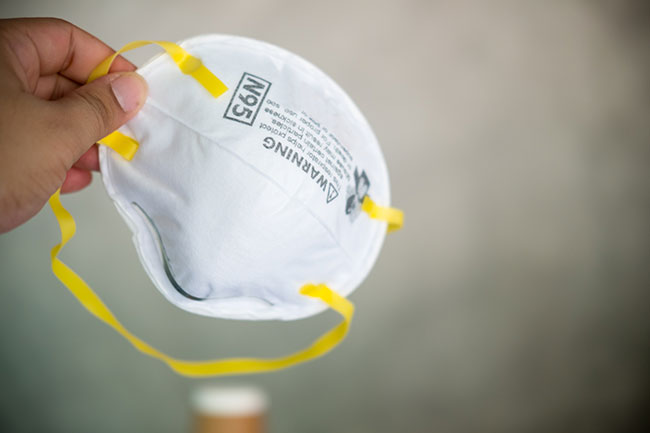
For projects that remain open, job site safety becomes paramount during the coronavirus pandemic
By David Bowcott
Health & Safety coronavirusShould we close construction sites, or should we keep them open while ensuring every location maintains the best practices designed to prevent worker exposure to COVID-19? This was the great debate going on within the construction sector when I sat down to write this column.
Those that want to close job sites cite several reasons for such a decision. Protecting workers, protecting the public and helping to “flatten the curve” are typically among them. Others also point to closures helping contractors to more clearly enforce the force majeure clauses within their contracts.
Those wanting to keep the job sites running have their own set of reasons, but perhaps their most compelling rationale is that the economic ramifications of a long-term cessation of work would be catastrophic to the construction industry and its supply chain. In other words, the knock-on effects of such an economic disaster would be far greater than the impacts on employee health, the public and the health care sector.
It is one of the most difficult debates to take place in recent memory because so many lives will be affected by this decision. It truly is a “life or death” decision.
Regardless of the outcome, we can address the immediate need for any active job sites to adhere to best practices that will limit the exposure of workers, the public and the health care sector.
On March 29, the Ontario government released a document outlining its stance to help construction employers understand their rights and responsibilities while operating during COVID-19. This document is representative of similar documents produced by other governments as well as corporations and it deserves a closer look. The following summary highlights steps all contractors should seriously consider implementing:
- On-site best practices — Job site strategies to prevent and mitigate the risk of germ spread:
- Wash your hands often with soap and water or alcohol-based hand sanitizer.
- Avoid touching your eyes, nose or mouth.
- Stay home if you are sick.
- Avoid high touch areas, where possible, or ensure you clean your hands after.
- Wash your clothes as soon as you get home.
- If you are ill: notify your supervisor immediately, complete the province’s COVID-19 self-assessment and follow the instructions you get.
- Reporting illness — A clear set of instructions are provided in the event an employee on the job site becomes ill. First and foremost, it recommends the employee be sent home. It further indicates the employer should advise the worker to complete the self-assessment document referenced above or call their doctor and/or Telehealth Ontario.
- Getting information on infection prevention and control — This section instructs employers to educate themselves on the topic of preventing and controlling infections on the job site.
- Reporting requirements — The document stresses that all employers are required to report all known positive test results for COVID-19 to the ministry within four days. It also indicates that results should be reported to the joint health and safety representative and the trade union, if applicable.
- Sharing information and posting policies — The document stresses the importance of sharing information with everyone within the organization and on the job site. It indicates all employers/constructors need to post and communicate COVID-19 policies.
- Physical distancing (two metres) — The document provides several methodologies the employer can institute to ensure optimal physical distancing is taking place on the job site. Staggering start times and lunch breaks, as well as limiting the number of people who use elevators and hoists at one time, are among the most notable.
- On-site sanitation — This section instructs employers to sharpen their focus on maintaining a clean job site by ensuring all parties have access to soap and water, sanitizers and washrooms. Sanitizing surfaces and any shared tools are other key steps.
- Track and monitor the workforce — Employers will need to track where employees infected with COVID-19 have worked and who they came into contact with. Such practices ensure all that have been exposed are notified and that affected areas of the job site are disinfected.
Every government and corporation related to the construction industry has published, or will be publishing, similar documents. Review as many of these documents as you can and aggregate the best of the best practices to ensure your job sites are optimally managed to minimize the risk of pathogen spread. Whether the government or corporations decide to completely avoid this risk by shutting down all construction sites remains open for debate, but in the meantime, we can at least minimize the risk to employees and the public by implementing these best practices.
Stay safe everyone!
David Bowcott is Global Director — Growth, Innovation & Insight, Global Construction and Infrastructure Group at Aon Risk Solutions. Please send comments to editor@on-sitemag.com.
This column was first published in the April 2020 issue of On-Site. You can read the entire issue here.





